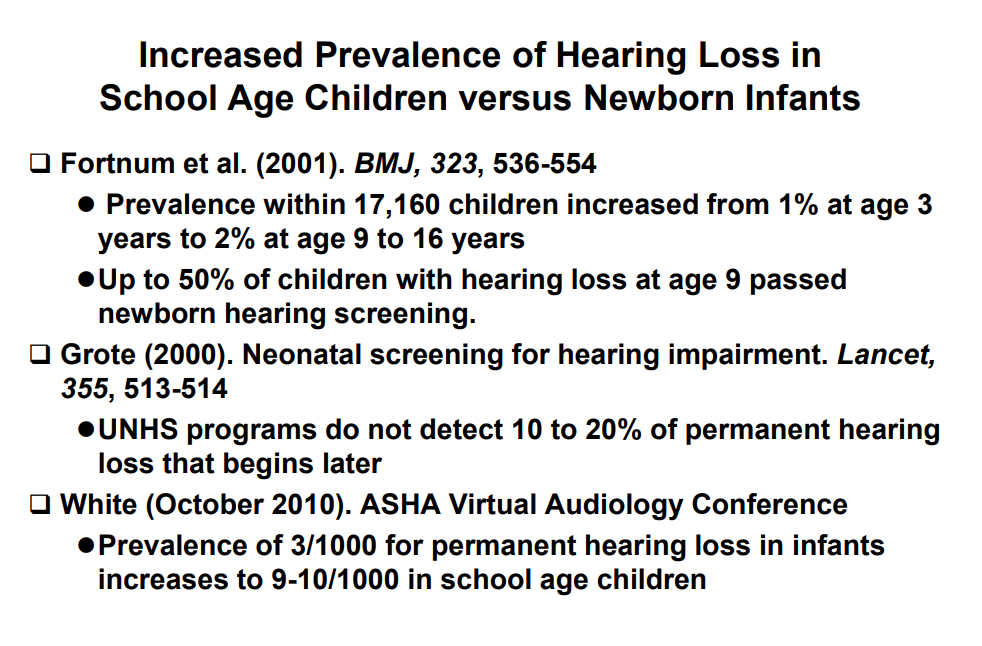Swiss biopharmaceutical company Auris Medical is developing AM-111, a treatment for acute inner ear (sensorineural) hearing loss (ASNHL). Phase 2 and Phase 3 clinical trials of AM-111 resulted in clinically significant hearing improvement among a population of test subjects.
AM-111, which has both European Medicines Agency and US Food & Drug Administration (FDA) orphan drug treatment designation for ASNHL including hearing loss from acoustic trauma, ISSNHL or idiopathic sudden sensorineural hearing loss, and surgery-induced acoustic trauma, is formulated in biodegradable, biocompatible gel that contains an intracellular transporter, and D-JNKI-1 (brimapitide), which is an inhibitor of the JNK stress kinase. AM-111 treatment is delivered in a single dose locally administered into the middle ear by an ENT physician/otolaryngologist.
JNK or c-Jun N-terminal kinase, which is also referred to stress-activated protein kinase (SAPK), is a group of multifunctional-signaling molecules that become active in response to various cellular stresses and to inflammatory mediators. AM-111's 2015 clinical development plan explains that JNK is a signal transmitting enzyme that regulates a number of important cellular activities including apoptosis or death of cells. Here's is a separate research on JNK.
AM-111 prevents/reduces chronic hearing loss and supports recovery processes by entering into cells and attaching to JNK to deter apoptosis reaction and inflammatory response, which may lead to permanent loss of hair cells and cochlear neurons.
At the end of AM-111's Phase 2 clinical trial, which was administered to 210 sufferers of either ASNHL following acute noise trauma or ISSNHL, results show evident improvement in hearing and speech discrimination in patients with severe to profound cases of hearing loss. Results of HEALOS Phase 3 trial, which was conducted in several countries in Europe and Asia double-blind, randomized, and was a placebo-controlled study administered to 256 ASNHL sufferers from severe to profound sudden deafness within 72 hours from onset, provide clinical evidence that AM-111 significantly improved hearing in the subpopulation of patients with profound hearing loss. This study information sheet shows the brief methodology and results released this month.
Following the promising new data from HEALOS trial, Professor Hinrich Staecker, MD, PhD, of the Department of Otolaryngology-Head and Neck Surgery at University of Kansas Medical Center, said in a press release that "Profound sudden deafness can have a major impact on patients' cognitive and auditory function as well as quality of life. It has a poor prognosis, frequently with little or no hearing recovery, and there are no effective treatments. If approved, AM-111 has the potential to address the unmet need for novel therapeutics which can improve hearing during the acute stage of profound sudden deafness and reduce the substantial risk of severe life-long hearing impairment."
Auris Medical plans to discuss the regulatory pathway based on the clinical trials' results.
from #Audiology via xlomafota13 on Inoreader http://ift.tt/2E4sN02
via IFTTT
